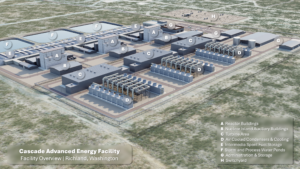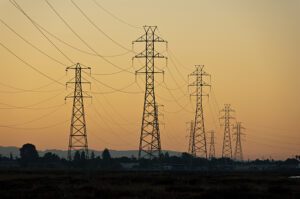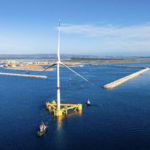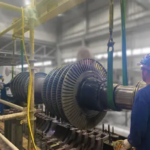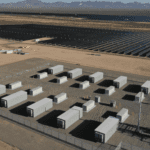Northwest U.S. utility Puget Sound Energy (PSE) has joined with Norway-headquartered Heimdall Power on a dynamic line rating (DLR) pilot project in Washington state. The companies on October 22 said Heimdall is installing 75 advanced monitoring devices, known as “Neurons,” on about 100 miles of electricity transmission lines across five counties in western Washington.
The companies said the sensors provide real-time data about conditions on the transmission line, which enables PSE to optimize power grid capacity. The equipment also helps the utility better manage power delivery to its 1.2-million electricity customers.
Heimdall Power is part of POWER’s Experience POWER event in Denver, set for Oct. 29-31 at the Hyatt Regency Convention Center hotel. Heimdall, along with Great River Energy, is part of a panel discussing “How DLR Deployment Unlocked Nearly 50% More Transmission Capacity.” Register today to attend Experience POWER and learn how Great River Energy deployed a DLR system using Heimdall sensors to improve transmission line capacity.
“Highly reliable energy is the number one must-have for our customers,” said Michelle Vargo, PSE’s senior vice president of Energy Operations. “Innovative solutions like Heimdall Power’s technology help us maximize the value of our existing infrastructure while strengthening our defenses against extreme weather and incorporating more renewable energy sources.”

The Neurons were installed by Heimdall Power during a weeks-long process. Heimdall utilized autonomous drones, and also used traditional line installation methods, across transmission infrastructure in Whatcom, Island, King, Kitsap, and Pierce counties.
“With this project, PSE is stepping into a leadership role in the vital effort to modernize the U.S. power grid,” Loni Colen, director of business development at Heimdall Power, told POWER. “We’re proud to play a small part in PSE’s work to strengthen not only its own network, but the regional energy system as a whole.”
The companies said the project is one of the largest deployments of DLR sensors in the U.S. Heimdall said multiple sensors inside the Neurons monitor factors including line temperature, sag, electrical current, wind speed, and localized weather conditions. The groups noted that a continuous data stream allows PSE to safely increase transmission capacity based on actual operating conditions, rather than on conservative estimates.

Neurons Named a ‘Best Invention’
The Neurons were recently included among TIME Magazine’s list of Best Inventions of 2025.
“DLR is the next evolution of line rating technology,” said Alex Brotherston, Grid Modernization Principal Engineer with PSE. “Historically, we rely on estimations of the conditions around our transmission lines to determine how much power we can push through the lines. Now with these sensors, we can measure the actual real-time conditions at specific critical points on the line so that we know exactly what is happening and how much power we can safely push through our transmission lines.”
Brotherston told POWER: “DLR technology gives us more information and flexibility about how we control the transmission system. When we are armed with more knowledge about how much power can flow through the lines, it allows us to make safer, smarter, strategic decisions in real-time about operating our system in the most efficient way possible.”
“The energy challenges we face demand solutions that can deliver impact today while building the foundation for tomorrow,” said Jørgen Festervoll, CEO of Heimdall Power. “PSE is meeting those challenges head-on by unlocking new capacity, strengthening communities, and pioneering a smarter, more resilient grid that puts PSE’s customers first.”

PSE will continue to test the DLR technology through summer 2026. The utility will then analyze the data and other observations and data to determine how to implement DLRs using the Neuron data on live transmission lines across its network.
“This technology gives us much more insight into all the factors that influence how much power can flow on our lines. It provides more flexibility in how we manage system load and more strategically select future investments,” Vargo said.
The companies said the pilot in Washington state represents a new approach to grid management as utilities seek to optimize their networks for power distribution.
—Darrell Proctor is a senior editor for POWER.



